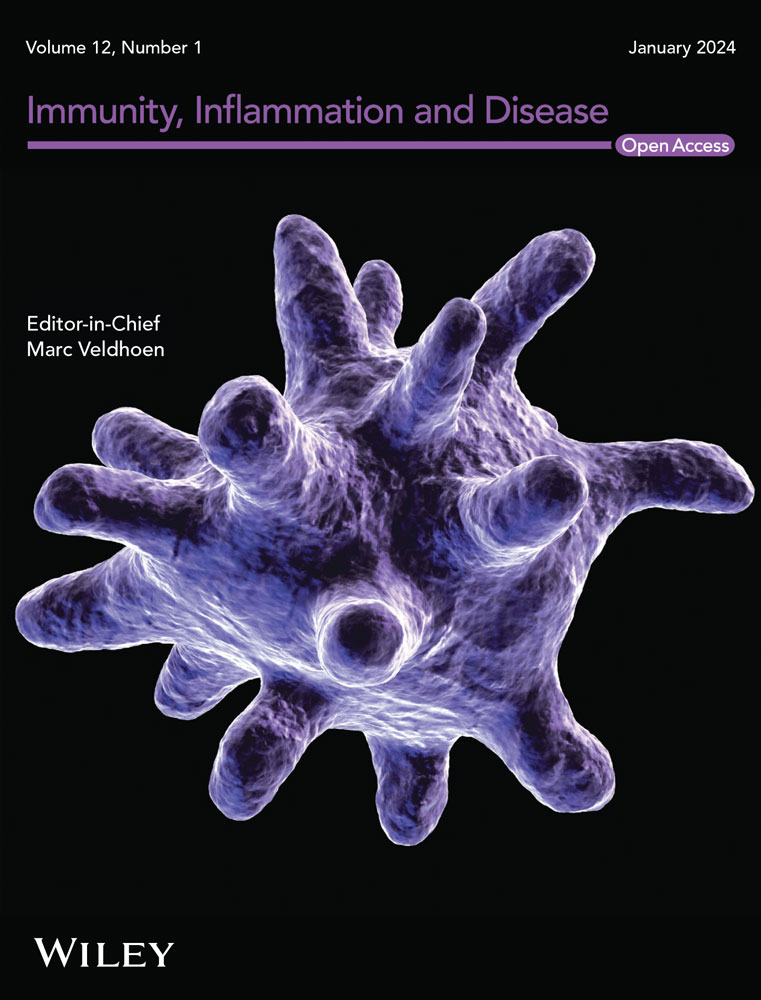Active Compounds, Targets, and Mechanisms of Salvia miltiorrhiza Bunge in Treating Interstitial Cystitis/Bladder Pain Syndrome
Abstract
Objective
To investigate the active compounds, molecular targets, and biological mechanisms of Salvia miltiorrhiza Bunge (SM) in treating interstitial cystitis/bladder pain syndrome (IC/BPS) through network pharmacology and a cyclophosphamide-induced cystitis model.
Methods
A network pharmacology approach was used to assess the effects of SM and luteolin in IC/BPS. Female C57BL/6 mice were divided into four groups: CON, CON + Luteolin, CYP, and CYP + Luteolin, with luteolin (100 mg/kg) administered for CYP-induced cystitis. Histological and molecular analyses, including H&E staining, TUNEL, ELISA, Western blot, and urodynamics, were performed to explore the mechanisms.
Results
Network pharmacology showed 65 active ingredients and 148 potential targets of SM in the treatment of IC/BPS, of which luteolin had the highest potential. TP53, AKT1, CCND1, EGFR, and ERBB2 are the core targets, and PI3K-Akt and p53 are important signaling pathways for luteolin in the treatment of IC/BPS. Compared with the CYP group, the CYP + Luteolin group showed significantly lower bladder tissue scores; reduced expression of malondialdehyde, inflammatory factors (IL-18, IL-1β, IL-6), and apoptosis-related proteins (cleaved-Caspase-3, Bax, cleaved-Caspase-8); significantly increased expression of total SOD and glutathione; and improved bladder function. Animal experiments have shown that luteolin can block the activation of the PI3K-Akt and p53 signaling pathways.
Conclusion
SM has a variety of potentially active components for the treatment of IC/BPS, of which luteolin has the highest potential. Luteolin can inhibit inflammation, oxidative stress, and apoptosis through the p53 and PI3K-Akt signaling pathways and plays a role in treating IC/PBS.


 求助内容:
求助内容: 应助结果提醒方式:
应助结果提醒方式:


